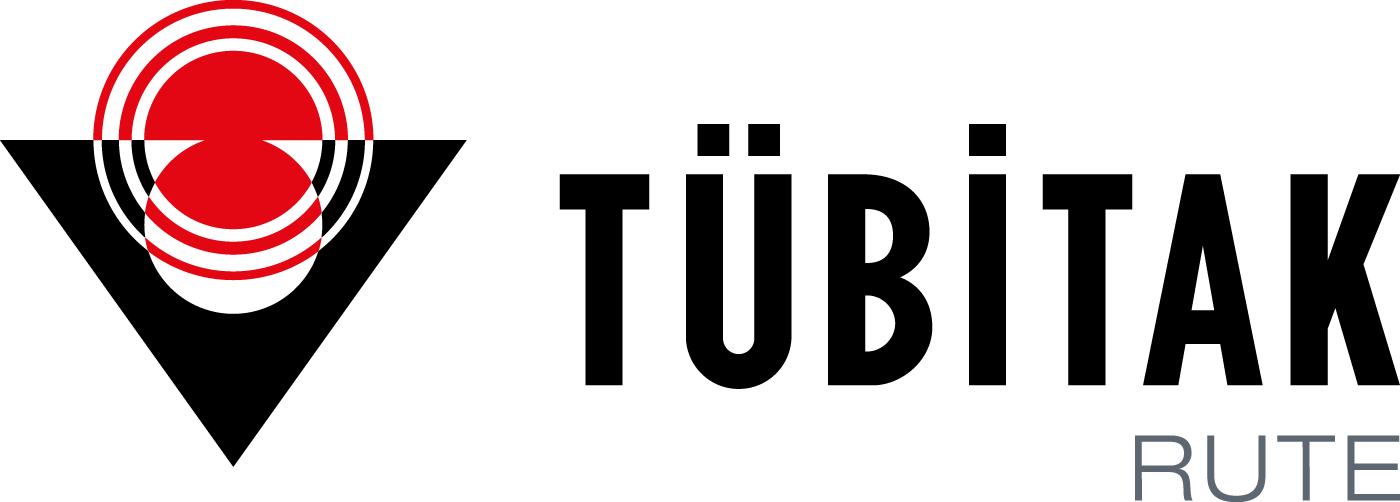R&D
Robotics and Intelligent Systems Department
The Robotic and Intelligent Systems (RIS) Department aims to develop advanced technology robotic and intelligent systems for railway inspection and predictive maintenance, meeting the needs of the rail transport sector. The department also focuses on the localization of imported products or systems. To achieve these goals, all necessary software, hardware, electromechanical, and control systems are developed using national resources by the RIS Department. The objective is to ensure the regular and efficient inspection and maintenance of railway lines and related infrastructure, ultimately enhancing the safety and efficiency of train operations.
- Purposes
- Working Areas
- Infrastructure
- To develop robotic and intelligent systems that meet the requirements of our stakeholders, are compatible with international standards, expandable, flexible, cost-effective and developed with domestic resources.
- Special Design Robotic Systems
- Predictive Maintenance Systems
- Kinematic and Dynamic Modeling and Simulations
- Image Processing, Pattern Recognition
- Artificial Intelligence and Intelligent Algorithms
- Non-Destructive Inspection Systems
- Robotic Systems Development and Application Mechanical and Electronics Laboratories
R&D
Projects / Products
OTMI – Automatic Train Inspection Station Development
The Automatic Train Inspection Station (OTMI) Development Project aims to develop measurement systems that automatically inspect components such as wheels, bogies, brakes, and pantographs of various types of trains while in motion. The goal is to create a measurement station incorporating these systems.
Through these measurement systems, inspections of a moving train will be conducted, and an identity related to the train's subsystems will be established. This identity will allow the determination of the damage status and maintenance-repair time of the relevant train's subsystems. Thus, the detection of a damaged train will prevent accidents with material and spiritual losses. With the use of the system developed in this project, inspection activities for TCDD trains will be provided with local and national capabilities.
The OTMI Development Project includes the development of the following systems for the non-destructive inspection of the wheels, pantographs, etc., of trains operating in the TCDD network:
- Train Recognition System
- Pantograph Inspection System
- Wheel Flange Defect Detection and Load Measurement
- Brake Disc, Pad, and Lining Measurement
- Wheel Profile Measurement
- Wheel Surface Defect Detection
- Axle-Bearing, Wheel and Disc Temperature Measurement
The Apleti Detection and Load Measurement System, Pantograph Inspection System, and Train Recognition Systems have been successfully developed, and the relevant systems installed at Kocaeli Köseköy Station began collecting data as of May 2023. The developed Train Recognition System received the 2023 ERCI Innovation Award.
BIDR – In-Pipe Inspection Robot (Robot Eye)
The In-Pipe Inspection Robot (Robot Eye) is developed to traverse urban pipelines and inspect natural gas pipes using various sensors to detect defects (cracks, deformities, metal loss, etc.) in live pipelines. Robot Eye consists of nine modules that enable this function. These modules house a total of 24 electric motors, 247 electronic cards, and 3 microcomputers.
Equipped with a laser-assisted deformity detection sensor and a Magnetic Flux Leakage (MFL) sensor, Robot Eye meticulously inspects the pipeline. The deformity sensor observes changes in the reflected laser light, allowing it to detect deformities and flaws on the inner surface of the pipe. The MFL sensor, consisting of 900 field-effect sensors (Hall-effect sensors) arranged in the x, y, and z axes, measures metal losses and defects on both the inner and outer surfaces of the pipe with millimetric precision. The robot's progression inside the pipe can be controlled by the operator through a developed wireless data link communication system, with certain special transitions (elbows, tees, reductions, etc.) occurring autonomously.
While identifying damages, the robot can create a map of the pipeline in x, y, z coordinates and mark the detected flaws on this map. Simultaneously, using reference position values from Above Ground Markers (AGM), it can calculate the locations of identified flaws more precisely. The robot's position inside the pipe can also be determined by emitting low-frequency radio waves that can be tracked from the surface.
BORAN – Pipe Analysis System Development
The Pipe Analysis (BORAN) System Development Project is is designed for the internal inspection of high-pressure steel natural gas transmission pipelines. In our country, internal inspection activities cannot be carried out with domestic capabilities, and the inspection needs are met through service procurement from abroad. With the use of the developed system in this project, inspection activities on natural gas transmission pipelines owned by BOTAŞ can be provided with local and national capabilities. The BORAN device, to be developed within this scope, will enable its movement inside the pipe with the flow rate and conduct non-destructive inspection (NDI) of the pipe with its sensors.
The BORAN device, consisting of two independent main modules, Magnetic Flux Leakage (MFL), and Caliper, is an intelligent pig device designed to detect anomalies in the structure of the pipeline, provide the detected error locations with geographical coordinate values, and generate the XYZ map of the pipeline.
It is aimed that the modules forming the BORAN device can be used independently inside the pipeline. If necessary, the Caliper module and the MFL module can be combined with a connection mechanism. The connection mechanism is designed to allow the BORAN device to pass through bends with its mobility.
KYHİKS – Strong Ground Motion Monitoring, Recording, and Control System
The KYHİKS Project, initiated in collaboration with TÜBİTAK, KRDAE, and İGDAŞ, aims to close valves in the existing gas distribution system in Istanbul during seismic movements exceeding threshold values and record seismic movements.
Around 830 KYHİKS accelerometers developed by TÜBİTAK are installed and operational in İGDAŞ regional regulators on both sides of Istanbul and the islands. Real-time data received from the devices via 3G can be monitored through the Data Recording and Monitoring Center (VKİM) software installed for İGDAŞ. These data are also transferred to servers established at Boğaziçi University KRDAE for archiving. VKİM can automatically detect significant events, generate reports, and issue alerts. Alerts and reports can be communicated to relevant parties via email and SMS.
Between 2019 and 2021, devices with high sensitivity and low noise were developed and added to existing devices (YHİC - High Precision Monitoring Device Project). Additionally, in 2021, a system consisting of 42 devices was installed for BOTAŞ for use in pipeline valves and storage areas (YerHİS - Ground Motion Monitoring System Project).
R&D
Strategic Objectives
- To develop advanced technology systems for railway inspection and maintenance in accordance with international standards.
- To break the monopoly of foreign companies by developing independent technologies in robotic system solutions for non-destructive testing and predictive maintenance.
- To provide economic added value by reducing high maintenance costs.
- To contribute to the national technological development and economic growth ecosystem.
- To serve as the main contractor and partner in meeting the R&D needs of TCDD (Turkish State Railways).
- To act as a knowledge transfer center for systems/technologies acquired by TCDD from abroad with technology transfer conditions.
- To support and encourage innovative ideas and projects generated by students in the field of robotic systems, contributing to increasing national awareness in this area.

